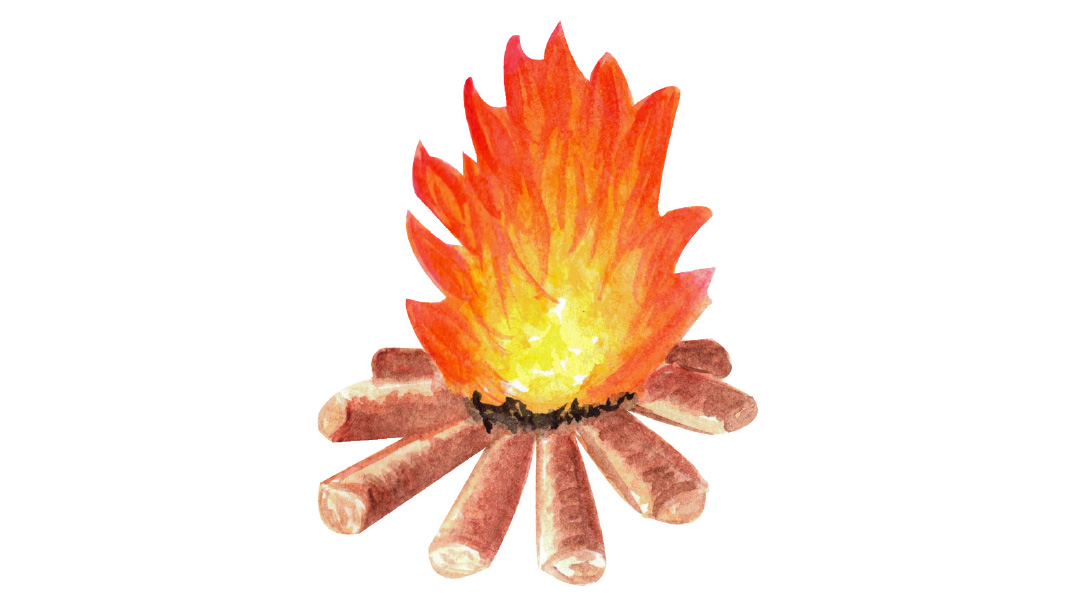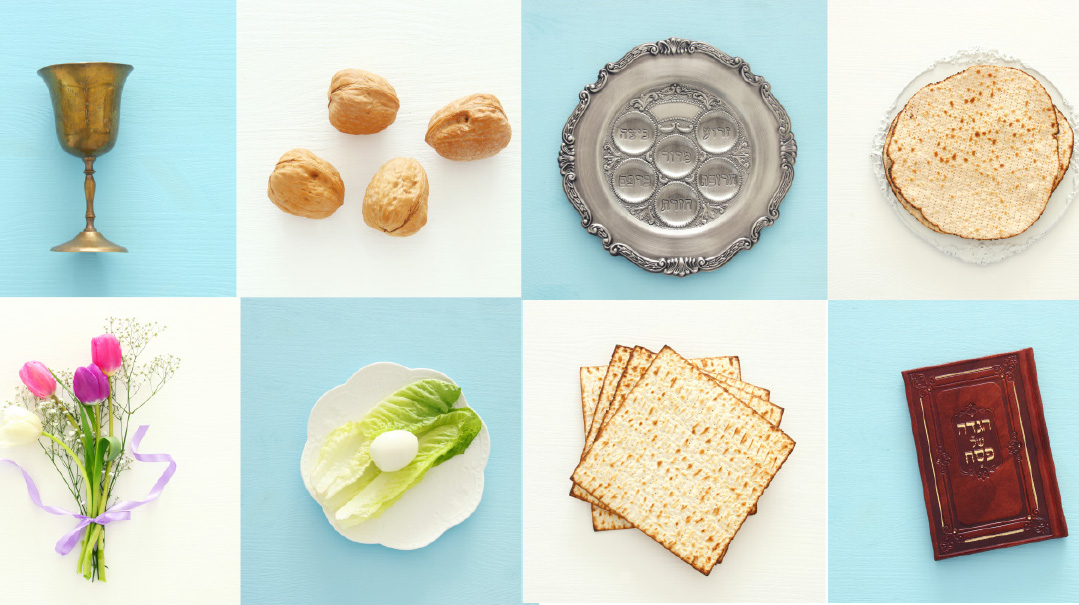Hidden Holiday
| July 18, 2023How can the saddest day of the year, marking the most catastrophic tragedies in history, be called a holiday?
Megillas Eichah is written from the perspective of Yerushalayim mourning its fate, lamenting its loss. The pasuk in Eichah 1:15 says, “Kara alai moed lishbor bachurai — He has declared a set time against me to break my young men.”
But the word moed can also be interpreted as “holiday.” According to that definition, the words “kara alai moed” would mean “proclaim upon me a holiday.” Indeed, because of this verse, certain halachic elements of “holiday” are attributed to Tishah B’Av, such as not reciting Tachanun, neither on Tishah B’Av itself, nor during Minchah on the day prior.
What does this mean? How can the saddest day of the year, marking the most catastrophic tragedies in history, be called a holiday?
The following are four original approaches toward answering this question.
1
Many of us are children, grandchildren, or great-grandchildren of Holocaust survivors. We grew up hearing the stories, trying but barely succeeding to comprehend the magnitude of their loss and the wellspring of strength of those who endured.
On a personal level, the diary written in the Warsaw Ghetto by my own grandfather, Rav Mordechai Leib Glatstein ztz”l, will serve as an inspiration for me as long as I live. My grandfather describes how he saw thousands of skeletons strewn across the ghetto, the streets literally drenched by the blood of men, women, and children.
My grandfather also endured time in the Radom Ghetto and the Hessental, Auschwitz, and Dachau concentration camps. Yet throughout it all, he and his brother, Henoch, were moser nefesh to observe as many mitzvos as possible. They even put on tefillin under the risk of death while in Radom, under the oversight of one of the most brutal Lagerfuhrers, a man by the name of Feikus, yemach shemo v’zichro.
My grandfather’s story is one of thousands, but it’s not an isolated tale. It’s but one chapter in the most glorious book ever to be written: The Story of the Jewish Soul. His indomitable spirit is a paradigm of the invincibility of our People. Through the searing pain lies the most encouraging message: No matter what it is, we will somehow survive.
And so, Tishah B’Av is a terribly painful day. But it is also a holiday.
Because it is specifically through the devastation that the unstoppable power of the Jewish soul is revealed.
2
The Navi Yeshayahu (54:7–8) gives a somewhat startling perspective of galus. “B’rega katan azavtich — for a brief moment I have forsaken you,” says the pasuk, before the contrast highlighted in the next pasuk describing the Geulah: “Uv’chesed olam richamtich — and with eternal kindness I will have mercy on you.”
“A brief moment” — all the centuries of suffering we’ve endured is described as just a “brief moment!” It follows therefore, that if some two thousand years is a “brief moment,” we can’t even begin to imagine the span of “eternal kindness.”
On Tishah B’Av, as we mourn the devastation experienced during this “brief moment,” we also give pause to celebrate the “eternal kindness” that’s sure to come. May it be speedily, and in our days.
3
Close your eyes for a moment and recall the tune that is chanted when the aron kodesh is opened on Simchas Torah and we say, “Vayehi binso’a haAron, vayomer Moshe….”
Now, shift your mind to a dim room, and picture the room full of people sitting on the floor waiting for the baal korei to begin, “Eichah yashvah badad….”
Did you notice? It’s practically the same tune! Why are we singing Eichah tunes on Simchas Torah and vice versa?!
But the truth is, the tunes are not exactly the same. During Eichah, each verse ends on a low note, whereas on Simchas Torah, they end on a high note.
The message here is that Tishah B’Av, with a twist upward, can transform into Simchas Torah. In fact, the Ben Ish Chai has an entire sefer explaining how the pesukim of Eichah can be interpreted positively.
The Ruzhiner Rebbe shares an incredible insight. Throughout the Torah, whenever a section reaches its conclusion, it will close with either a pesucha (opening) or a stuma (closing). A pesucha is where the verse ends mid-line, leaving the rest of the line blank. A stuma is where a nine-letter gap is left between words.
In parshas Pinchas, which is typically read on the first Shabbos of the Three Weeks, we read about all the moadim ,the Jewish Festivals. The description of each moed concludes with a “stuma.”
There is, however, one exception. The Torah concludes its description of Shavuos with a pesucha. The implication, explains the Rebbe, is that the closing of the festival of Shavuos does not connote the end of the festival cycle. Just shortly thereafter there lies a hidden holiday, on the ninth day of the month of Av….
4
Rav Yaakov Emden writes, in the strongest, most lyrical terms, how the fact that the Jewish People continue to cling to the Torah, after all they had endured is a “greater miracle than Yetzias Mitzrayim and Kri’as Yam Suf.”
Rav Yaakov Emden wrote this in the 18th century, long before an army of crazed murderers killed six million of us. Should he see a frum Jew today, Rav Yaakov Emden would surely exclaim, “This is a miracle that no angel or celestial being can comprehend!”
On Tishah B’Av, we mourn our destruction and, along with it, the unparalleled miracle of Jewish eternity. If we celebrate Yetzias Mitzrayim and Kri’as Yam Suf, should we not celebrate Tishah B’Av?
Rabbi Daniel Glatstein is the mara d'asra of Kehilas Tiferes Mordechai in Cedarhurst, New York, and author of numerous seforim in Lashon Hakodesh and in English for ArtScroll. He is an international lecturer and maggid shiur. His thousands of recorded shiurim are available on Torahanytime.com, his website rabbidg.com, and other venues.
(Originally featured in Mishpacha Jr., Issue 970)
Oops! We could not locate your form.







